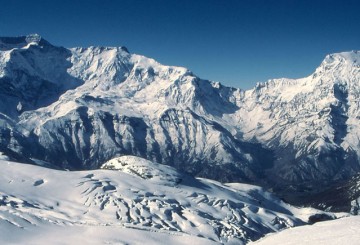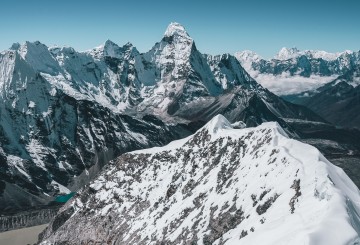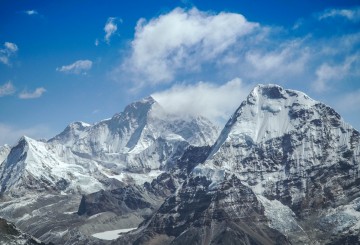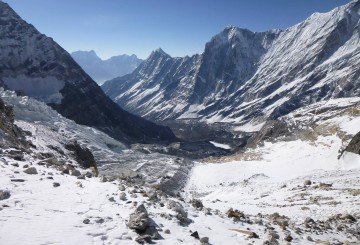15th October: Arrive Kathmandu Airport pickup and transfer to hotel. Complete instructions are given in the afternoon. In the evening you are invited for dinner with your mountain guide. Overnight at Hotel Tibet (D).

left to fill
left to fill
-
Day 1: Arrive Kathmandu
-
Day 2: Kathmandu sightseeing and preparation for the trek
Today we explore Kathmandu with a local city guide. The day is flexible and is designed according to what you would like to see. The most popular places and attractions are generally Pashupatinath, a Hindu temple with an area for burning the dead, Swayambhunath - also known as the 'Monkey Temple', the Boudhanath stupa, Durbar Square and Thamel - the main tourist centre of Kathmandu. Overnight at Hotel Tibet (B)
-
Day 3: Katmandu - Lukla - Phakding , 35 min flight / 3 - 4 hours trek
Early morning flight by small twin otter to Lukla (2,800m/9,186ft). After final preparations, the trekking starts passing Chaurikharka village, and makes a descent towards the Dudhkosi Ghat (2,530m/8,300ft). The trail follows the precise bank of the Dudhkosi River until camp at Phakding (2,652m/8,700ft) is reached. This first day is short for acclimatisation reasons. Overnight at teahouse lodge (B)
-
Day 4: Phakding - Namche Bazaar: 5 - 6 hours
The trail crosses the Dudhkoshi River through a long suspension bridge then the trail leads you crossing side by side along the river to Hilary's Suspension Bridge. The trail further climbs from here to Namche Bazaar. Overnight in Namche Bazaar (3,440m/11,286ft). Overnight at teahouse lodge (B)
-
Day 5: Namche Bazaar, Rest and acclimatization day
This is the first of two essential acclimatising days in Namche Bazaar to help your body adapt to the gain in altitude as we climb higher but return to sleep lower. Today we take a morning walk up the steep ridge line above Namche. As the trail climbs you get good views of the main Everest Base Camp trail which you will be walking over the coming days. At the top of the ridge the trail then contours round the hillside to the Everest view point. The views on this walk, both going up and down, are spectacular. On the way back we have lunch next to the interesting Sherpa Culture & Everest Mountaineering Museum which is well worth a visit. After lunch we return to the lodge and in the afternoon you can relax or explore Namche, there is a colorful market each Saturday. Overnight at teahouse lodge (B)
-
Day 6: Namche Bazaar - Dole / 7 - 8 hours
The route starts by climbing up to the Shyangboche airstrip. Just above the airstrip is the Everest View Hotel, a Japanese scheme to build a deluxe hotel with great views of the highest mountains on Earth. You walk down a little further, and turn left to climb stairs and then walk through the forest of birch and junipers. You will reach the beautiful village of Phortse Tenga, a tiny village with only few teahouses. Overnight at teahouse lodge (B)
-
Day 7: Dole to Machhermo / 5 - 6 hours
The trail climbs to Labharma and Luza. The path is steep in most of the places as it climbs through scrub junipers. Cross one more branch ridge and you will come to a wide valley and arrive at Machhermo. This is the village where it is believed that a Yeti killed several yaks and attacked Sherpa women. Overnight at teahouse lodge (B)
-
Day 8: Machhermo to Gokyo / 3 - 4 hours
Today you will finally arrive in Gokyo. From Machhermo, it is a vertical climb up to the moraine from where the stream comes to a small lake. You can enjoy the views of wood ducks here. The trail follows the valley past the second lake and finally up to the jumble of rocks and boulders and reaches isolated Gokyo Lake. Overnight at teahouse lodge (B, L,D)
-
Day 9: Climb Gokyo Ri Peak, rest of the day free
The views around Gokyo are tremendous. You have the opportunity to enjoy the beautiful isolated Himalayan scenes by exploring around and early morning climb to Gokyo Ri (5357m/19,216ft). It is a two -hour climbing to the top of the peak, providing a panoramic view of Cho Oyo, Gyachung Kang, Mt Everest, Lhotse, Makalu, Cholatse and Tawachee. You will take this easy day for rest and acclimatization. Overnight at teahouse lodge (B, L,D)
-
Day 10: Trek to Dragnag (4.700m)
4 hrs Overnight at teahouse lodge (B, L,D)
-
Day 11: Cross Chola La (5360 m) and trek to Dzong La (4.900) / 8 walking hrs
We cross Ngozumpa Glacier, the valley floor. After an hour and half we reach Yak Huts where we rest and have lunch. After lunch we continue until we reach Dzong La. Overnight at teahouse lodge (B, L,D)
-
Day 12: Trek to Lobuche High Camp 5.270m / 4 walking hrs
After breakfast, we take slow walk over the gradual descend to Thukla for the lunch and after lunch we ascend up to the high camp of Lobuche Peak for the over night stay in tented camp. Our climbing guide will introduce the cook and the porter who will brings all the camping equipment and the food for the climbing period. Overnight at camping (B, L,D)
-
Day 13: Rest and reserve day at High Camp
Overnight at camping (B, L,D)
-
Day 14: Lobuche Peaks Summit 6.119m and trek to Lobuche (4.930 m) / 10- 12 hrs walking
Our climbing guide wakes you up early morning around 2am and let you to prepare for the summit. The cook prepares the breakfast and the pack lunch for the day trip to the summit of the peak. The ascend for the summit starts around 4am and reach the summit by 9 to 10am. After spending about one hour, we descend down to the basecamp. After lunch we continue with the trek until we reach Lobuche. Overnight at teahouse lodge (B, L,D)
-
Day 15: Restday in Lobuche
Today, we have an easy day to rest in Lobuche. Overnight at teahouse lodge (B, L,D)
-
Day 16: Trek to Gorakshep, climb Kala Pathar (5.545 m) and return to Gorakshep / 7 hrs
We walk slowly over the various moraines to Goraktshep and take a hard trail up to Kala Pathar (5545m). Again we see Everest, Pumori and a sea of Himalayan peaks around us and view huge glaciers and their slow forward movement around the base camp of Mt. Everest. Overnight at teahouse lodge (B, L,D)
-
Day 17:Trek to EBC (5.364) and back to Lobuche.
Overnight at teahouse lodge (B, L,D)
-
Day 18: Trek to Chukung (4730m) - 6 walking hrs
We descend down with gradual downhill slope to Dingboche for the lunch. After lunch we continue easy flat trail to Chukung for the overnight stay in a lodge there. Chukung is just under beneath of Island peak and Ama Dablam towering over this tiny village. Overnight at teahouse lodge (B, L,D)
-
Day 19: Trek to Island Peak BC (4970 m) / 4 walking hrs
Today our staff set up the High camp and we slowly walk up to the high camp. We have to spend the night in tent as there are not any lodgestic facilities there. Overnight at camping site (B, L,D)
-
Day 20: Summit Island Peak (6.189 m) and trek to Chukhung / 10- 12 walking hrs
Our staff will wake you up at around midnight and offer you tea before ascending for the summit. We should reach the summit of Island peak at 6.190m around 8 to 10 a.m.. After the summit we will descend to the high camp for having our lunch. Then we will descend to Chukhung. Overnight at lodge (B, L,D)
-
Day 21: Rest and Reserve day
We keep this day free as a reserve day to have better preparation for the confirmed summit. If our clients are not well fit, this free day helps to cover the weak situation and if the weather is not favorable for the summit, our clients have more chance to summit as we have extra day for the summit. Overnight at camping site/lodge (B, L,D)
-
Day 22:Trek to Tengboche (3875m) / 6 walking hrs
We contour down to Tengboche from Chukung today and visit the monastery there. We spend the overnight at a lodge there. Overnight at teahouse lodge (B, L,D)
-
Day 23: Trek to Namche Bazaar- 5 walking hrs
We descend down to Imja Khola and take a easy uphill trail for Namche for the overnight stay at a lodge there. Overnight at teahouse lodge (B, L,D)
-
Day 24: Trek to Lukla 2800m - 6 walking hrs
We take an easy trail through Sherpa villages to Lukla and enjoy a farewell party with our Sherpa crew. Overnight at teahouse lodge (B, L,D)
-
Day 25: Fly back to Kathmandu
Free day for the shopping and relaxation! Overnight at Hotel Tibet (B)
-
Day 26:Free day in Kathmandu
Overnight at Hotel Tibet (B)
-
Day 27:Airport transfer for the international flight back to home (B)
We reserve the right to make program changes due to special events, force majeure, or weather conditions.
What's Included ?
- Airport transfers in Nepal
- All relevant surface transfer
- All hotel accommodation with breakfast
- All meals on trek (B,L,D)
- All internal flights (with Tara Air or Yeti Air), inclusive Airport Taxes and 15kg free luggage
- Sightseeing with entrance fees, guide and vehicle
- Trekking Permit, Island Peak and Lobuche East climbing permit, National Park Entrance/Conservation Fees
- Staff insurance
- Mountain guide, climbing guide and porters
- 15 kg free language on trekking tours, carried by porter
- Climbing equipment like two-men tents, fix and main ropes, snow bar, carabiners, ice screw, kitchen equipment
- Cook and kitchen staff during Island Peak.
- Quality service
- Portable Altitude chamber/Oxygen set
- Oxymeter
- Satellite Phone
- Airport transfers in Nepal
- All relevant surface transfer
- All hotel accommodation with breakfast
- All meals on trek (B,L,D)
- All internal flights (with Tara Air or Yeti Air), inclusive Airport Taxes and 15kg free luggage
- Sightseeing with entrance fees, guide and vehicle
- Trekking Permit, Island Peak and Lobuche East climbing permit, National Park Entrance/Conservation Fees
- Staff insurance
- Mountain guide, climbing guide and porters
- 15 kg free language on trekking tours, carried by porter
- Climbing equipment like two-men tents, fix and main ropes, snow bar, carabiners, ice screw, kitchen equipment
- Cook and kitchen staff during Island Peak.
- Quality service
- Portable Altitude chamber/Oxygen set
- Oxymeter
- Satellite Phone
- Airport transfers in Nepal
- All relevant surface transfer
- All hotel accommodation with breakfast
- All meals on trek (B,L,D)
- All internal flights (with Tara Air or Yeti Air), inclusive Airport Taxes and 15kg free luggage
- Sightseeing with entrance fees, guide and vehicle
- Trekking Permit, Island Peak and Lobuche East climbing permit, National Park Entrance/Conservation Fees
- Staff insurance
- Mountain guide, climbing guide and porters
- 15 kg free language on trekking tours, carried by porter
- Climbing equipment like two-men tents, fix and main ropes, snow bar, carabiners, ice screw, kitchen equipment
- Cook and kitchen staff during Island Peak.
- Quality service
- Portable Altitude chamber/Oxygen set
- Oxymeter
- Satellite Phone
- Airport transfers in Nepal
- All relevant surface transfer
- All hotel accommodation with breakfast
- All meals on trek (B,L,D)
- All internal flights (with Tara Air or Yeti Air), inclusive Airport Taxes and 15kg free luggage
- Sightseeing with entrance fees, guide and vehicle
- Trekking Permit, Island Peak and Lobuche East climbing permit, National Park Entrance/Conservation Fees
- Staff insurance
- Mountain guide, climbing guide and porters
- 15 kg free language on trekking tours, carried by porter
- Climbing equipment like two-men tents, fix and main ropes, snow bar, carabiners, ice screw, kitchen equipment
- Cook and kitchen staff during Island Peak.
- Quality service
- Portable Altitude chamber/Oxygen set
- Oxymeter
- Satellite Phone
What's Excluded ?
- International flights
- Additional tours and meals that are not mentioned
- Beverages
- Personal bills
- Visas (US $40)
- Excess baggage charge (beyond 15 Kg each)
- Insurance (for cancellation, accident, health, emergency evacuation and loss, theft of or damage to baggage and personal effects)
- Tips
-
What is the best time to visit the Everest region?
- The most popular months for trekking in the Everest region are March, April, May and September, October, November, as these months are when the conditions are at their best. The spring and autumn tend to offer reasonable temperatures, clear skies, little to no rain and less chance of problematic snowfall. The average temperature around this time can range from a high around 20 degree Celsius during the day to -15 degree Celsius at night. - December, January and February have colder temperatures and are less frequently travelled, but this should not deter you from making your trip to the Everest region during these months. The weather is very clear allowing you to see all the majestic mountains and most of the lodges and tea houses are open during this time. Best of all, you don’t have to deal with crowds and will have all the views to yourself!
-
How do you get to the Everest region?
- The most popular way to travel the Everest region is by a short 30 minutes flight from Kathmandu to Lukla. Lukla is the starting point for all treks in this region.- There is an alternative way to reach the Everest region by driving from Kathmandu 12 hours to the village of Solu and walking for 2 additional days to reach Lukla.
-
What is the luggage weight limit on flights to the Everest region? Do we need to use duffle bags instead of regular luggage (with frame and roller)?
- The luggage weight limit on Everest flights are 15 kgs luggage and 5 kgs of hand carry (personal backpack). Before you start your trek, any unwanted luggages can be left in your hotel in Kathmandu. They will happily store it for you as you will be using the same hotel once your trek ends. - Yes, Duffle bags are better while in the trek because it can store more luggages and helps our porter to manage his load better.
-
Where will we be staying during our trek and what to expect from the accommodations? What kind of meals should I expect during the trek?
- We use only the best available accommodations during our treks which can include hotels, lodges and tea houses. Through our decades of experience, we have selected these places for their hygiene, amenities and client satisfaction. - During your trek the food choices might be more limited but you can always expect to find staples such as Dal Bhat, driving from Kathmandu 12 hours to the village of Solu and walking for 2 additional days to reach Lukla. 3. What is the luggage weight limit on flights to the Everest region? Do we need to use duffle bags instead of regular luggage (with frame and roller)? - The luggage weight limit on Everest flights are 15 kgs luggage and 5 kgs of hand carry (personal backpack). Before you start your trek, any unwanted luggages can be left in your hotel in Kathmandu. They will happily store it for you as you will be using the same hotel once your trek ends. - Yes, Duffle bags are better while in the trek because it can store more luggages and helps our porter to manage his load better. 4. Where will we be staying during our trek and what to expect from the accommodations? What kind of meals should I expect during the trek? - We use only the best available accommodations during our treks which can include hotels, lodges and tea houses. Through our decades of experience, we have selected these places for their hygiene, amenities and client satisfaction. - During your trek the food choices might be more limited but you can always expect to find staples such as Dal Bhat, Noodles/ Chowmein, Fried rice, Sandwiches, Soups and French Fries. You can also find some vegetarian options as well. Another common popular Nepali dish is Momo (dumpling) which is very popular among the locals. Make sure to try one when you can.
-
5. Do we need to bring towel, toilet paper? Does all the hotels/ lodges on the route provide bathroom, hot shower and toiletries?
- Not all hotels/ lodges provide the above following. We recommend all our clients to bring their own toiletries. Some hotels will provide attached bathroom with hot shower in your room while others will just provide a common bathroom. - The Everest region is still a remote area with no proper road access. Hence, most of the goods and supplies in this region have to be flown via air. This makes it very difficult and expensive to provide all the facilities. Some of the lodges in the lower Everest region will provide most of the facilities but you need to understand that the higher you trek, the lesser facilities will be available.
-
Do we need to bring a sleeping bag and how warm will the room be?
- Up until Namche, you will not be needing a sleeping bag. You will only need a sleeping bag in the higher elevation like around Everest base camp. Some lodges will give extra blankets but having your own sleeping bag is better. Your porter will put your sleeping bags in the duffle bags that he carries. If you don’t have a sleeping bag, you can always buy one in Kathmandu or rent through our company.
-
If we bring water bottle, where can we refill clean drinkable water?
- Unfortunately, the Everest region does not have a system of refilling clean drinkable water. The only way to do so is to purchase a bottle mineral water and then to pour it onto your water bottle. Purchasing mineral water is very easy in the Everest region but please know that the higher you go, so will the price of water. Also, please remember to recycle the plastic bottle or to give it to your guide or the lodge who will recycle it. It is not advisable to drink tap water. Please only use mineral bottle water or boiling water.
-
What about Laundry services and ATM’s along the trek route? Do they accept US dollar during the trek?
- Laundry machines are very rare in the mountains so please check with your guide for this services. Trekkers usually will not have big laundry during the trek and the little items such as socks and towels can be hand washed and later dried in the sun or by the fire. Most trekkers will only do their laundry once they are back in the capital Kathmandu where you can find plenty of Laundry services. 7. If we bring water bottle, where can we refill clean drinkable water? - Unfortunately, the Everest region does not have a system of refilling clean drinkable water. The only way to do so is to purchase a bottle mineral water and then to pour it onto your water bottle. Purchasing mineral water is very easy in the Everest region but please know that the higher you go, so will the price of water. Also, please remember to recycle the plastic bottle or to give it to your guide or the lodge who will recycle it. It is not advisable to drink tap water. Please only use mineral bottle water or boiling water. 8. What about Laundry services and ATM’s along the trek route? Do they accept US dollar during the trek? - Laundry machines are very rare in the mountains so please check with your guide for this services. Trekkers usually will not have big laundry during the trek and the little items such as socks and towels can be hand washed and later dried in the sun or by the fire. Most trekkers will only do their laundry once they are back in the capital Kathmandu where you can find plenty of Laundry services. - ATM’s are also available but only in certain places. So we urge you to use the ATM’s in Kathmandu where there are plenty and also their service fee will be comparatively less than in the mountains. - Yes they accept US dollar in the mountains but you will get a better deal if you exchange it in Kathmandu in the money exchange shops.
-
Is Internet/ Phone available up in the mountains? How do I charge my electronics?
- Internet is available but you will need to purchase it from the lodges. If you have bought a Nepali sim card then depending on the subscription, you can also get mobile data services but this is not a guarantee in all areas of the mountain. If your trek is above 4,000 meters high, we will send a company satellite phone along with the guide just in case of an emergency. - We recommend that our clients bring a power bank with them as electricity is limited especially at higher altitudes. We also found out through some of our clients that the solar powered power bank works well during the trek. So we recommend to have both or at least a power bank. Some lodges will provide free electricity for you to charge your power bank and in higher altitudes you may have to pay to charge your electronics. urge you to use the ATM’s in Kathmandu where there are plenty and also their service fee will be comparatively less than in the mountains. - Yes they accept US dollar in the mountains but you will get a better deal if you exchange it in Kathmandu in the money exchange shops. 9. Is Internet/ Phone available up in the mountains? How do I charge my electronics? - Internet is available but you will need to purchase it from the lodges. If you have bought a Nepali sim card then depending on the subscription, you can also get mobile data services but this is not a guarantee in all areas of the mountain. If your trek is above 4,000 meters high, we will send a company satellite phone along with the guide just in case of an emergency. - We recommend that our clients bring a power bank with them as electricity is limited especially at higher altitudes. We also found out through some of our clients that the solar powered power bank works well during the trek. So we recommend to have both or at least a power bank. Some lodges will provide free electricity for you to charge your power bank and in higher altitudes you may have to pay to charge your electronics. - Tip: Batteries will lose their charge fast in colder temperatures. So we recommend tucking your electronics in your blanket/ sleeping bag or you might find your phone/ camera dead in the morning.
-
How common is Altitude Sickness? What to do if I get one?
- While trekking in the Himalayas, there is always a chance of dealing with Altitude sickness, but there are many things that you can do to minimize the risks. Our itinerary programs are carefully designed to ascend slowly and to provide proper acclimatization activities. Our experienced guides will remind you to stay hydrated and also look out for any early signs of distress. - Our guides receive training every year on Altitude sickness. If they think that you are showing symptoms of Altitude sickness, they might perform some simple diagnostic tests such as checking your oxygen level or asking you to walk in a straight line. The most effective treatment for altitude sickness is to descend to a lower elevation. However, in severe cases or certain conditions where descending is not possible our guides will coordinate an air evacuation as soon as possible. - Note: All of our guides are trained to administer oxygen. Every trek that goes above 4,000 meters will be equipped with an oxygen cylinder and a satellite phone incase of an emergency.
-
Do we need to carry travel insurance?
- Yes, travel insurance is mandatory while trekking with us. Please ensure that your insurance covers air evacuation service. While trekking to the Himalayas, there is a risk of dealing with an altitude sickness. In case of such emergencies, your air evacuation insurance will help you cover the cost or else the trekker will have to solely bear the costs. Our treks are organized in a very thoughtful manner so you will not have to face such adversities, but we always want our guests to travel in a peace of mind.
-
Do I need guide and porters for my trek?
- Yes, having a trekking guide and porter is necessary part of your journey. We have our team of guides and porters who work with us every season. Guides and Porters are an integral part of what we do so they are a vital team member. All of our guides are trained every year on leadership skills and basic first aid skills. Our porters are treated fair by limiting the weight they carry and paying well for the job they do. Trekking in high altitude requires good support team and it is very important to have trekking guide and porter along with you. We treat our porters fairly by only allowing 24 kgs of maximum load and limit per trekker a maximum of 12 kgs (26 lbs) to be carried. 1 porter can carry the load of 2 clients.
-
Do I have to tip my guide/ porter?
- Tipping culture is not mandatory but highly appreciated. Please keep in mind that our guides/porters will not ask you for anything– including tips. However, if you think that they have performed well while doing their job, and earn your appreciation or a "thank you", you may by all means tip them any amount you find reasonable. Typical guidelines on tipping the guides are $5 - $10 per day and for porters $3 - $5 per day. Most clients often leave tips in the last night of their trek.
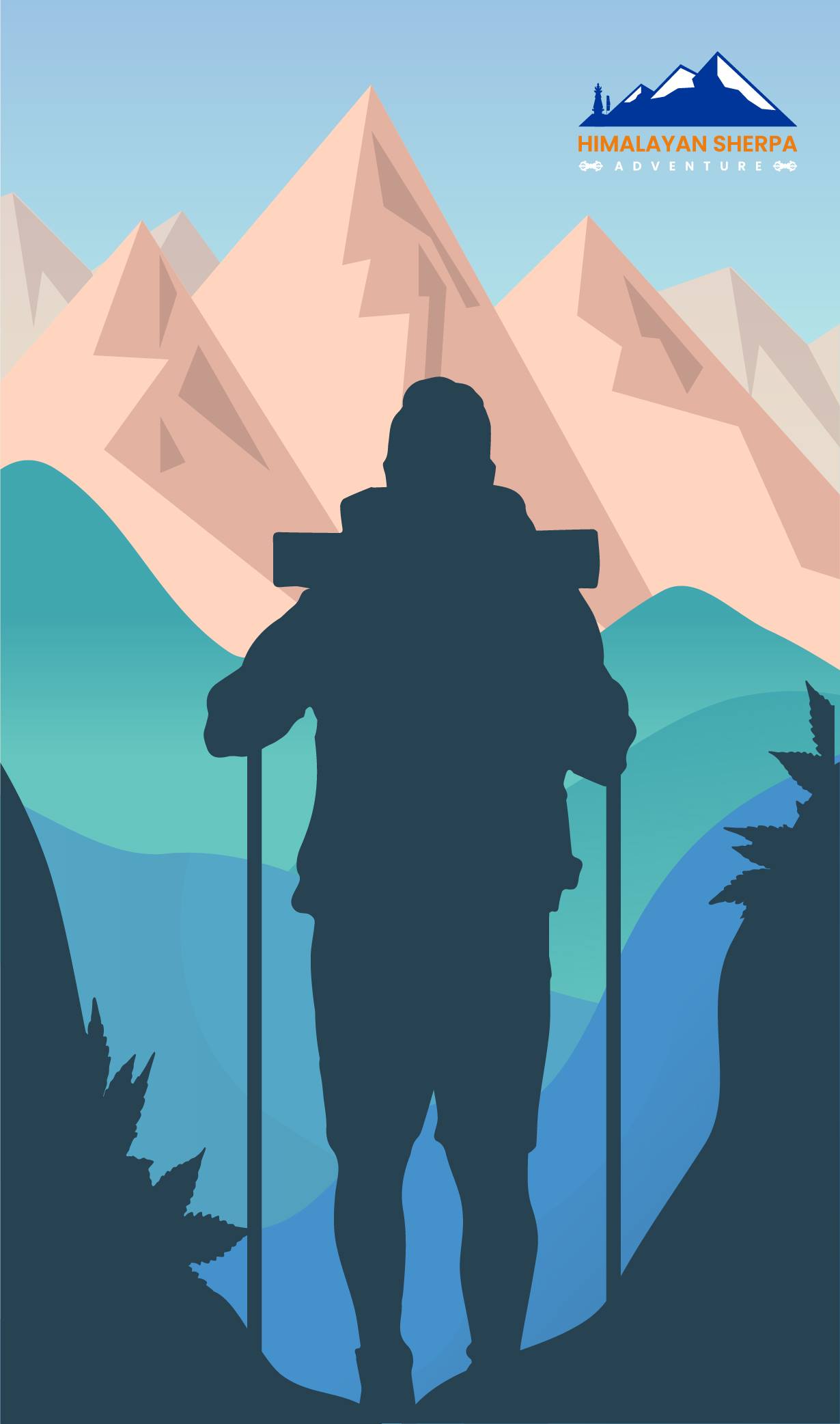
-
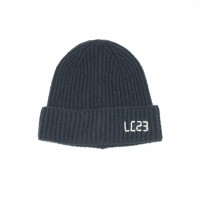
hats/beanie
-
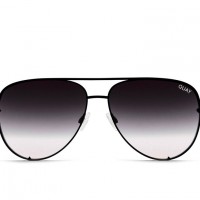
Sunglasses
-
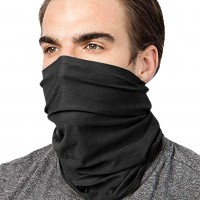
Scarf/Buff.
-

Candies/sweets
-
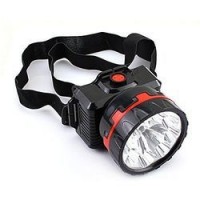
Headlights.
-
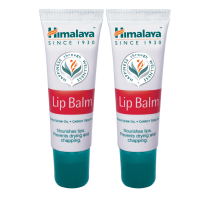
Lip balm
-
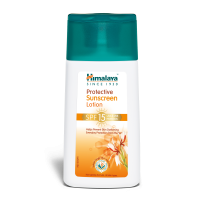
Sunscreen
-
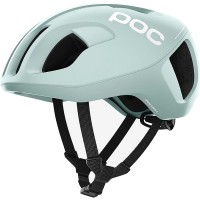
Helmet.
-
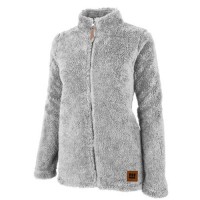
A warm fleece
-
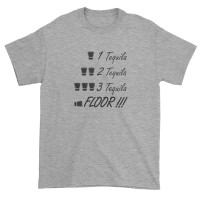
fewT shirts/ long and short sleeve shirts.
-

Daun Jacket
-
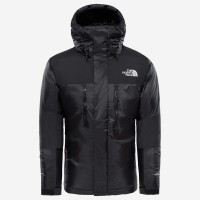
Windstopper jacket
-
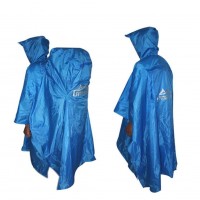
ponchos/Raincoat
-
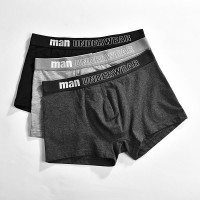
A few pieces innerwear.
-
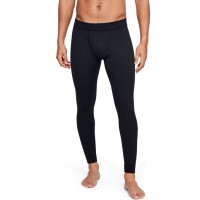
few pairs ski underwear
-
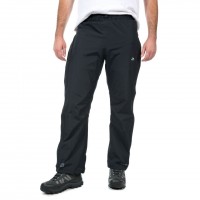
windproof trouser
-
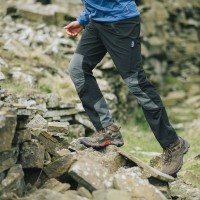
trekking trouser / Hiking Trouser /leggins
-
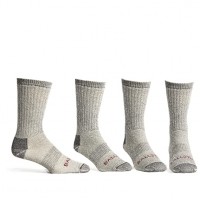
pairs of Trekking Socks
-
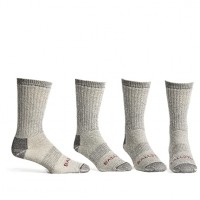
pairs woolen socks.
-

Slipper & Sandals
-
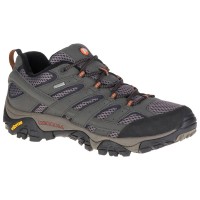
trekking shoes
-
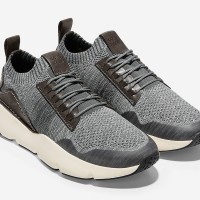
one comfortable shoes
-
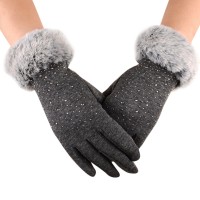
thin gloves & think gloves
-

backpack / Rucksack (waterproof)
-
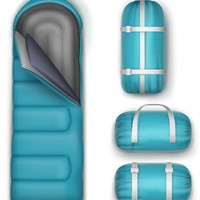
Sleeping bag -10* C
-

Duffel bag
-
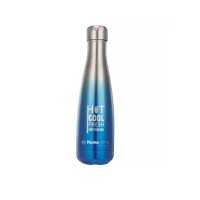
Water bottle
-
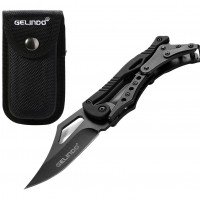
Pocket knife
-
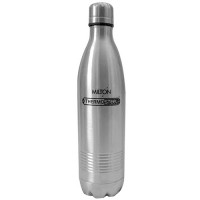
thermos
-
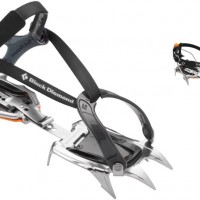
Crampons.
-

Ice Axe.
-
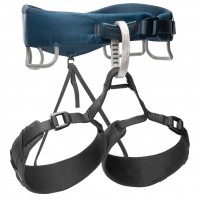
Climbing harness.
-
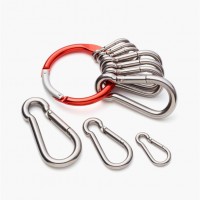
carabiner.
-

Figure Eight.
-

A few pairs prusiks.
-
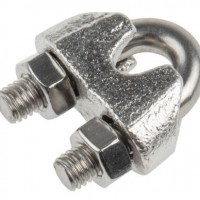
Rope clamp.
-
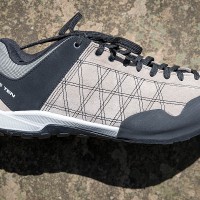
Robust shoes for climbing.
-
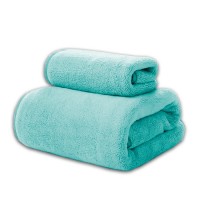
Towel & hand towel
-
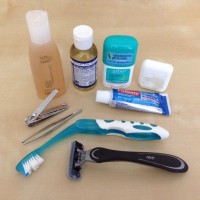
Toiletries
-

Trekking poles

You May Also Like



